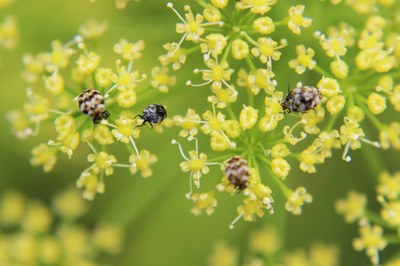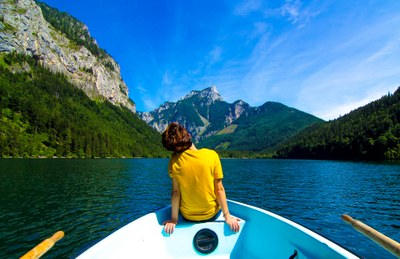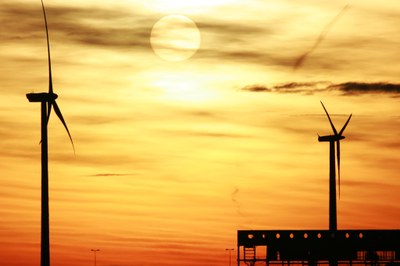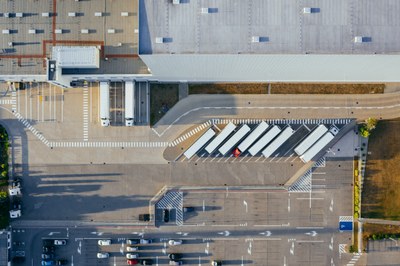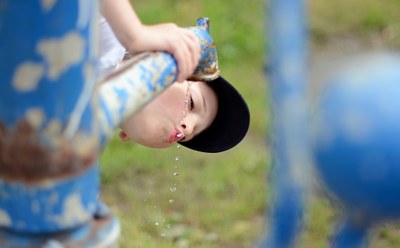All official European Union website addresses are in the europa.eu domain.
See all EU institutions and bodiesThe EEA works across many topics, related to the environment, climate change and sustainability in general. For each topic, you can find an overview, a set of key facts and EU actions. They also highlight some of the most relevant assessments, outputs and events, as well as access to other platforms, providing more detailed information on the topic.
At a glance: our main topics
In-depth topics
Our in-depth topics give an overview of the issue at stake, a set of key facts and EU action. They also highlight some of the most relevant assessments, outputs and events, as well as access to other platforms, providing more detailed information on the topic.



